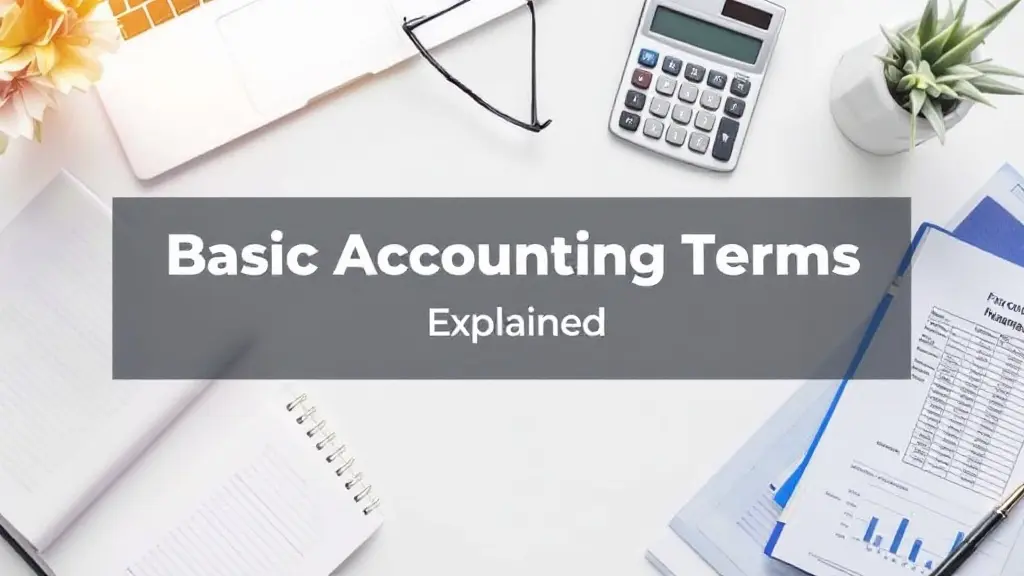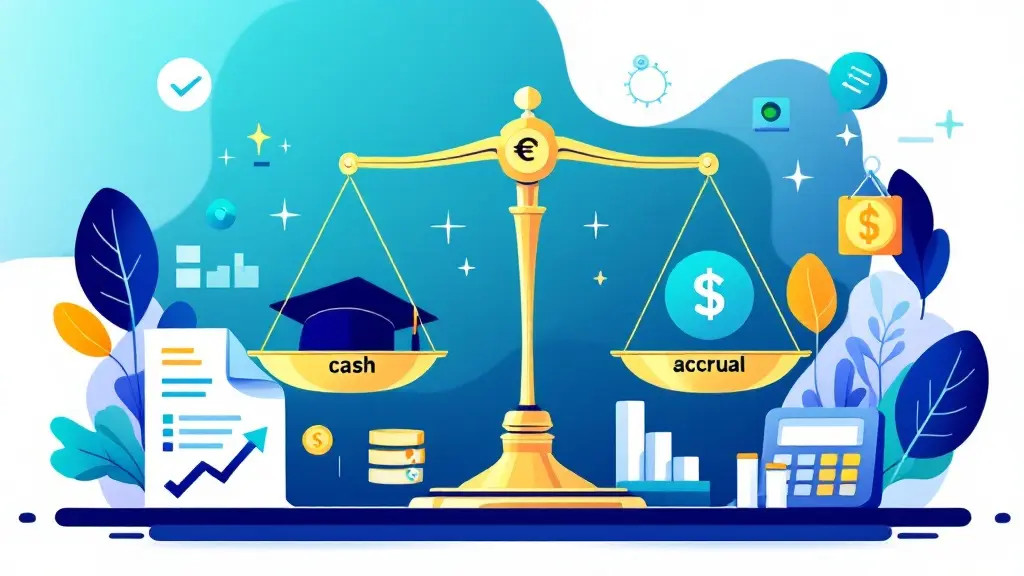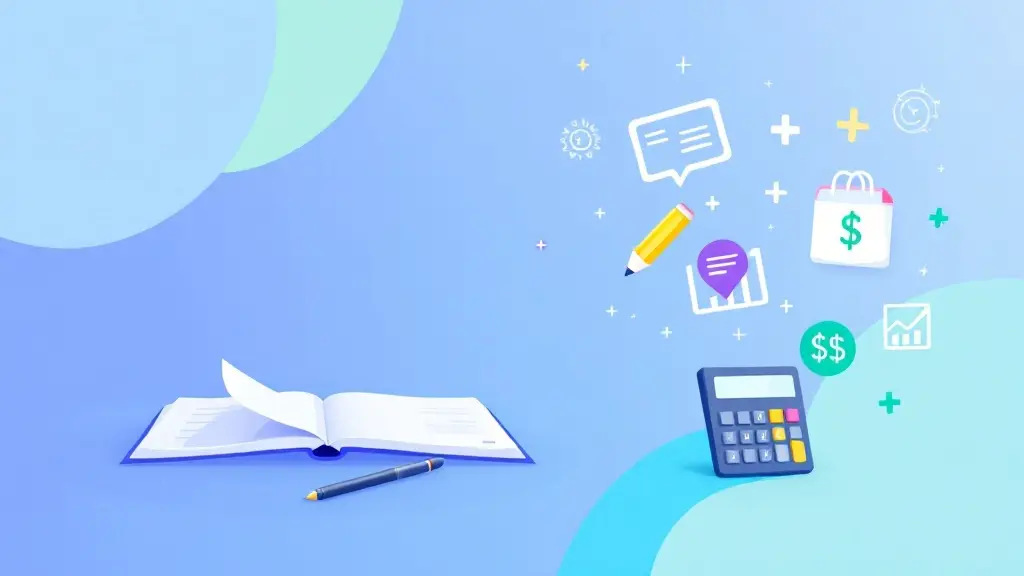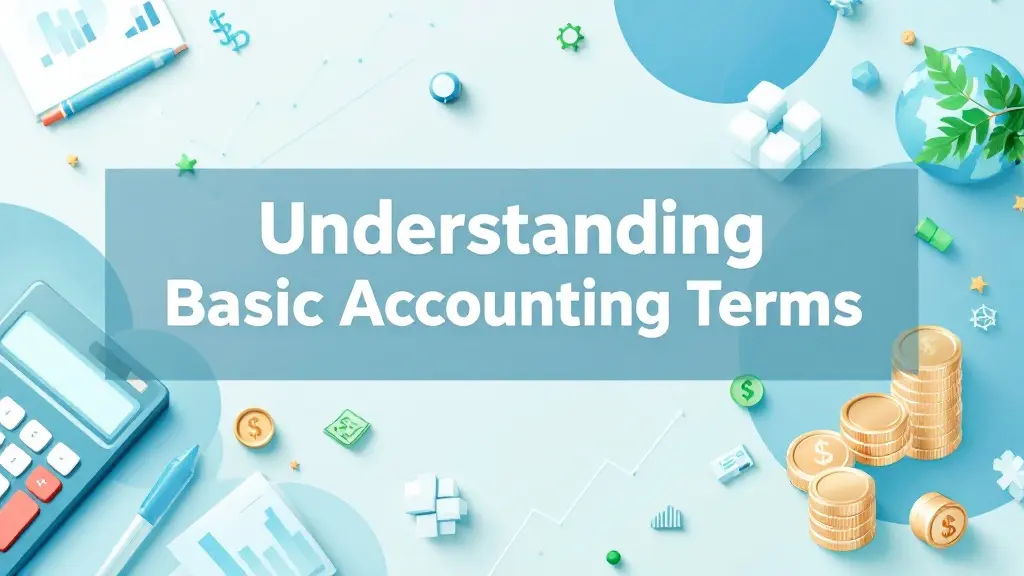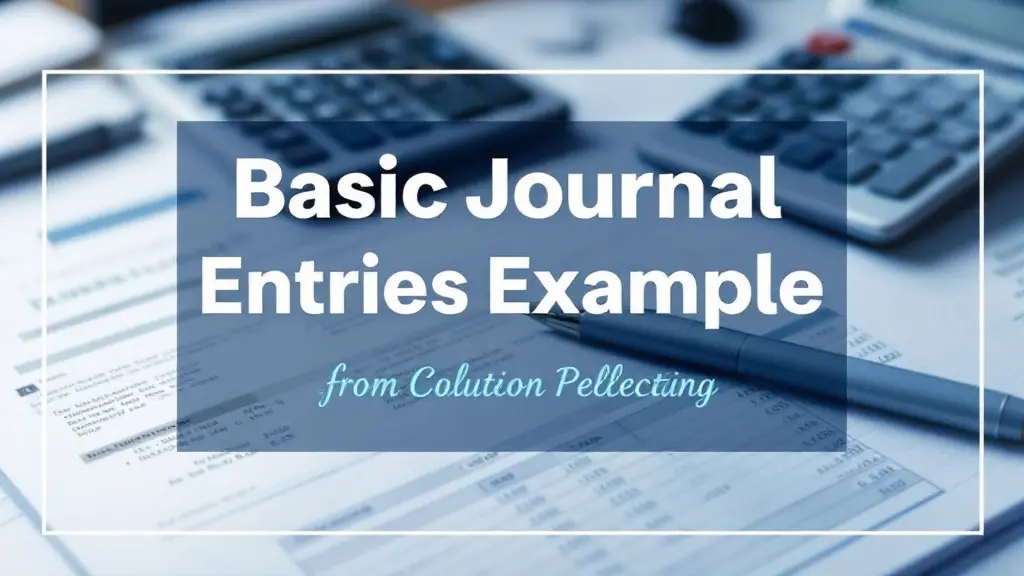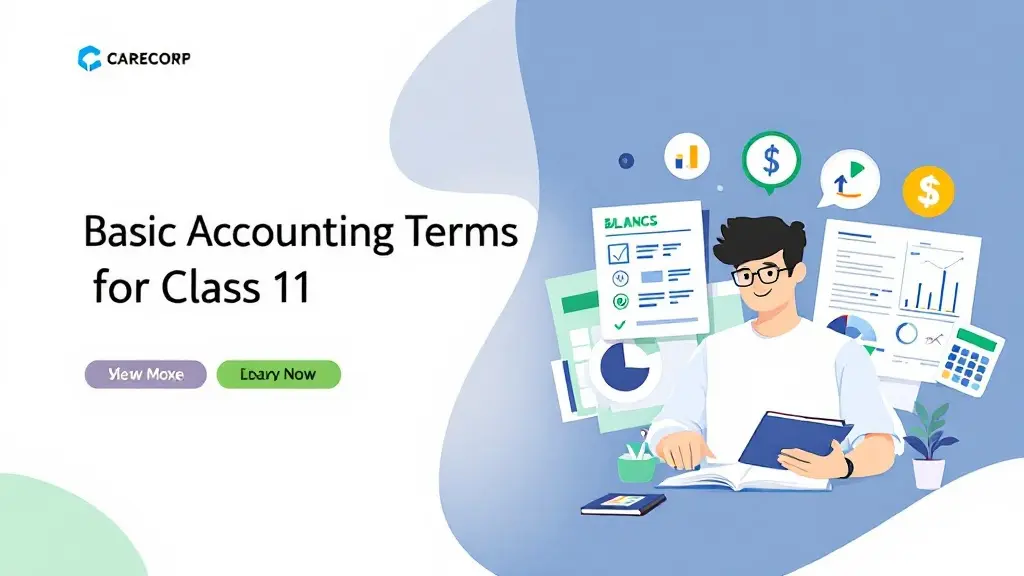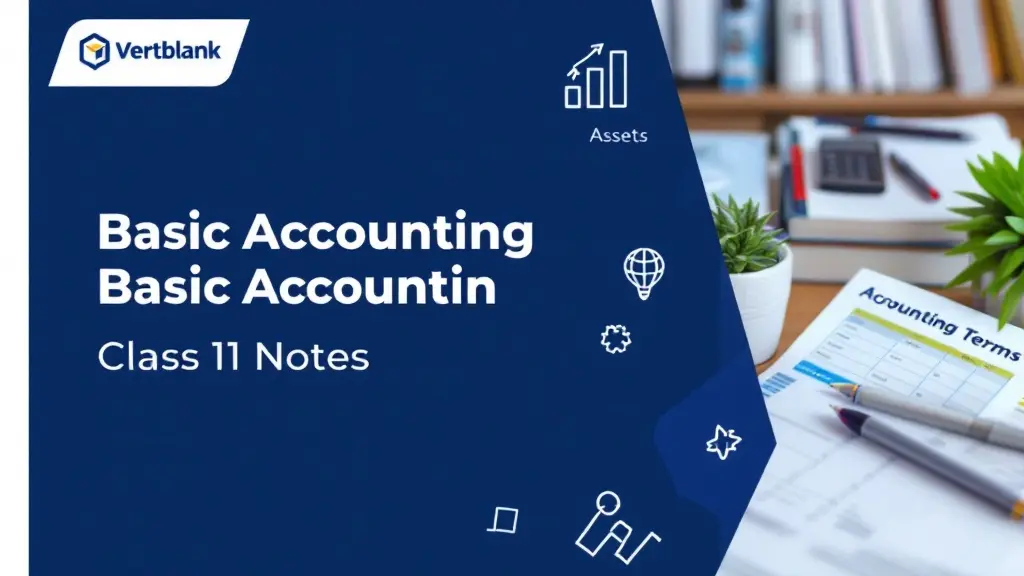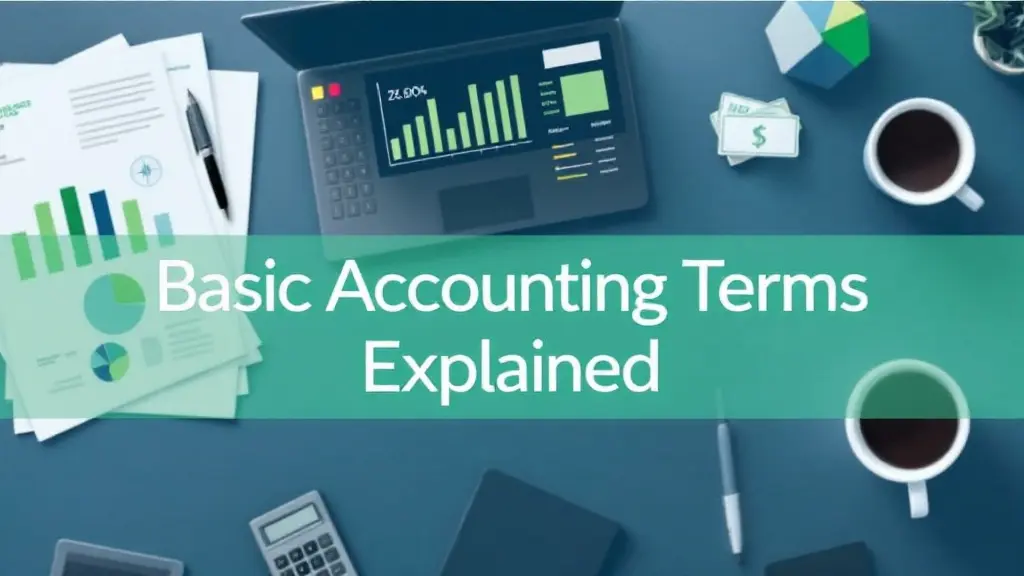Understanding the Balance Sheet Format: A Complete Guide
[fusion_dropcap class="fusion-content-tb-dropcap"]A[/fusion_dropcap] balance sheet is a crucial financial statement that provides a snapshot of a company’s financial health at a specific point in time. Whether you’re a business owner, investor, or student of finance, understanding how to read and interpret a balance sheet is essential for making informed decisions.
In this comprehensive guide, we’ll break down the balance sheet format, explain its key components, and explore how to use it to assess the financial status of a business. By the end, you’ll have a solid grasp of balance sheet fundamentals and how to apply this knowledge to your business or financial analysis.
What is a Balance Sheet?
A balance sheet is one of the primary financial statements used by businesses to track their financial standing. It lists a company’s assets, liabilities, and equity, providing a snapshot of what the company owns, owes, and how much is invested by the shareholders.
The basic formula of a balance sheet is:
Assets = Liabilities + Equity
This equation must always be in balance, meaning the value of assets must equal the combined value of liabilities and equity. The balance sheet is typically prepared at the end of a fiscal period, such as the end of a quarter or a year.
Key Components of a Balance Sheet
A well-structured balance sheet consists of three main sections:
- Assets
- Liabilities
- Equity
Let’s dive into each of these sections and explore what they represent.
1. Assets
Assets are what a company owns, and they are categorized into two main types:
a) Current Assets
These are short-term assets that can be converted into cash or used up within one year or within the business’s operating cycle, whichever is longer. Common examples include:
- Cash and cash equivalents: Physical money or liquid assets like bank balances.
- Accounts receivable: Money owed to the company by customers for goods or services already provided.
- Inventory: Goods that are ready to be sold or are in the production process.
- Prepaid expenses: Payments made in advance for services or goods that will be received in the future.
b) Non-Current Assets (Fixed Assets)
Non-current assets are long-term investments that provide value to the business for more than a year. These assets are not easily liquidated. Common examples include:
- Property, Plant, and Equipment (PPE): Tangible assets like buildings, machinery, and vehicles used in operations.
- Intangible assets: Non-physical assets such as patents, trademarks, and goodwill.
- Long-term investments: Investments that the company intends to hold for more than a year, such as stocks or bonds.
2. Liabilities
Liabilities are obligations that a company owes to others. Like assets, liabilities are classified into two categories:
a) Current Liabilities
Current liabilities are short-term obligations that the company needs to settle within a year or within its operating cycle. These include:
- Accounts payable: Amounts owed to suppliers for goods or services already received.
- Short-term loans: Loans or lines of credit due within the next year.
- Accrued expenses: Costs that the company has incurred but not yet paid, such as salaries or taxes.
b) Non-Current Liabilities
Non-current liabilities are long-term financial obligations that are due beyond one year. These include:
- Long-term debt: Loans or bonds that need to be repaid after one year.
- Deferred tax liabilities: Taxes that are owed but will not be paid until a future date.
3. Equity
Equity represents the ownership interest in the company. It’s the residual value of assets after liabilities are subtracted, and it essentially shows what the shareholders own. Key components of equity include:
- Common stock: The value of shares issued to shareholders.
- Retained earnings: Profits that are reinvested in the company rather than paid out as dividends.
- Additional paid-in capital: The amount shareholders have invested above the par value of the stock.
- Other comprehensive income: Gains and losses not yet realized, such as those from foreign currency translations or securities.
How to Read a Balance Sheet
Understanding the balance sheet format is crucial, but knowing how to interpret it is just as important. Here’s a step-by-step guide on how to read a balance sheet effectively:
- Review Total Assets: Start by examining the total assets of the company. This number reflects the resources the company owns and can use to generate revenue.
- Analyze Liabilities: Next, look at the total liabilities. This indicates how much the company owes to creditors and other stakeholders. Compare current liabilities to non-current liabilities to assess the company’s short-term and long-term obligations.
- Examine Equity: Equity shows how much the shareholders have invested in the company. Positive equity indicates that the company is financially stable, while negative equity may signal financial difficulties.
- Look for Trends: Comparing balance sheets over multiple periods can help identify trends. Are assets growing over time? Is the company accumulating more debt? Are profits being reinvested in the business?
- Analyze Ratios: Financial ratios, such as the debt-to-equity ratio, current ratio, and quick ratio, provide deeper insights into the company’s financial health.
Sample Balance Sheet Format
Here’s a simplified example of a balance sheet format:
XYZ Corporation
Balance Sheet as of December 31, 2024
| Assets | Liabilities & Equity | ||
|---|---|---|---|
| Current Assets: | Current Liabilities: | ||
| – Cash and cash equivalents | $50,000 | – Accounts payable | $30,000 |
| – Accounts receivable | $25,000 | – Short-term loans | $10,000 |
| – Inventory | $15,000 | Total Current Liabilities | $40,000 |
| Total Current Assets | $90,000 | ||
| Non-Current Assets: | Non-Current Liabilities: | ||
| – Property, plant, and equipment | $200,000 | – Long-term debt | $100,000 |
| – Intangible assets | $50,000 | Total Non-Current Liabilities | $100,000 |
| Total Non-Current Assets | $250,000 | ||
| Total Assets | $340,000 | Equity: | |
| – Common stock | $100,000 | ||
| – Retained earnings | $140,000 | ||
| Total Equity | $240,000 | ||
| Total Liabilities & Equity | $340,000 |
This balance sheet provides a detailed view of the company’s financial position as of a specific date, making it easier to assess its financial strength and stability.
Why the Balance Sheet is Important
A balance sheet offers valuable insights for various stakeholders, including:
- Investors: Investors use the balance sheet to determine if a company is financially stable and has the potential for growth.
- Managers: Managers rely on balance sheets to make decisions about managing company resources, debt, and investments.
- Lenders: Banks and other lenders assess balance sheets to evaluate the company’s ability to repay loans.
- Regulators: Government bodies use balance sheets to monitor a company’s compliance with financial regulations.
By providing a clear picture of a company’s assets, liabilities, and equity, the balance sheet helps stakeholders make informed decisions.
Tips for Creating an Accurate Balance Sheet
If you’re preparing a balance sheet for your business, here are some tips to ensure accuracy:
- Maintain accurate records: Keep detailed records of all transactions, assets, and liabilities to ensure your balance sheet reflects the true financial position of your business.
- Update regularly: Prepare balance sheets on a regular basis, whether monthly, quarterly, or annually, to keep track of your financial health.
- Use accounting software: Using accounting software can automate the process of creating and updating balance sheets, reducing the chances of errors.
- Review thoroughly: Double-check the calculations to ensure that total assets equal total liabilities plus equity.
Conclusion
The balance sheet format is a critical financial tool for any business. It offers an overview of your company’s financial status, helping stakeholders make informed decisions. By understanding the components of the balance sheet and how to interpret it, you’ll be better equipped to assess the financial health of your business and take the necessary steps to improve it.
Whether you’re looking to attract investors, apply for loans, or simply keep your business on track, mastering the balance sheet is essential. Keep it updated, and use it as a tool to help guide your financial decisions for a prosperous future.


